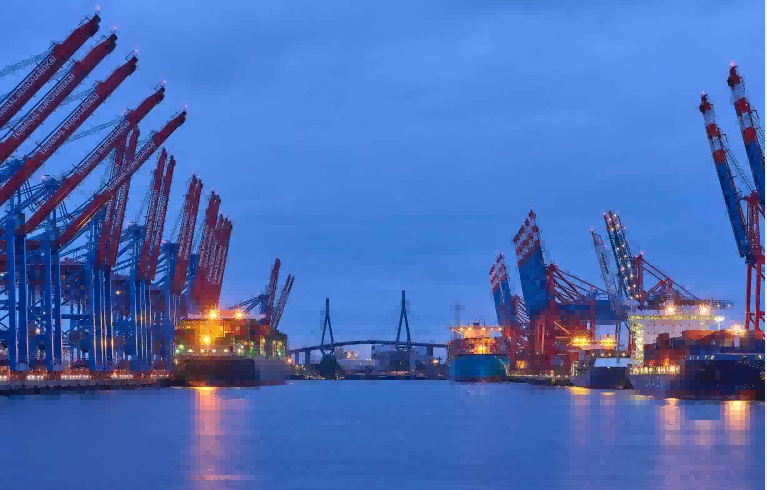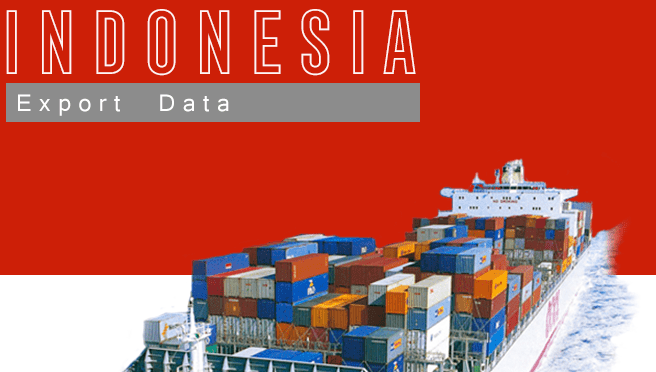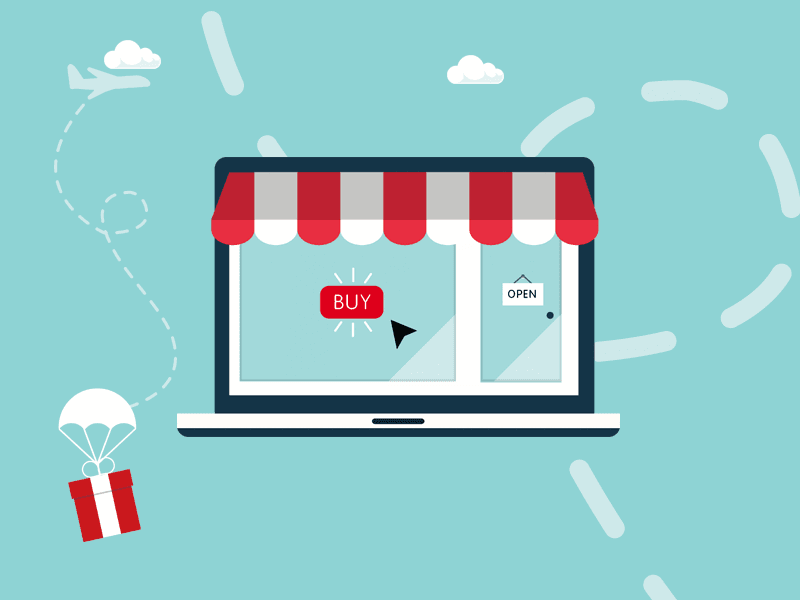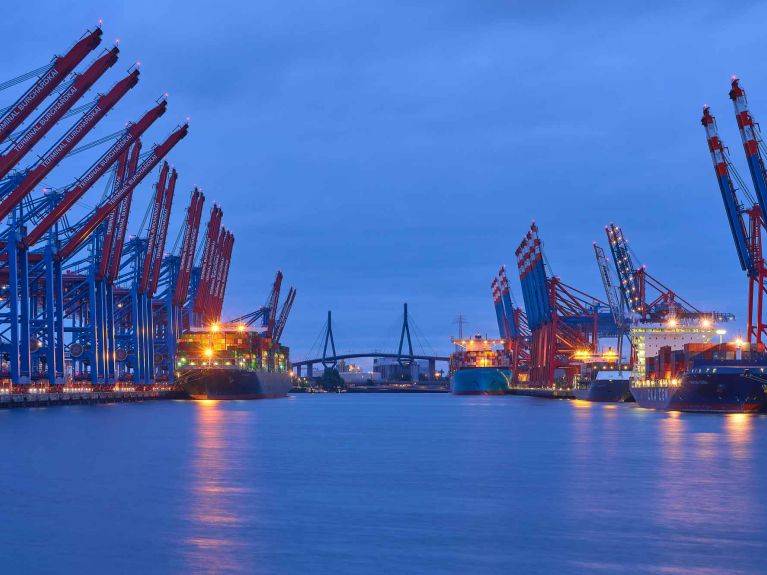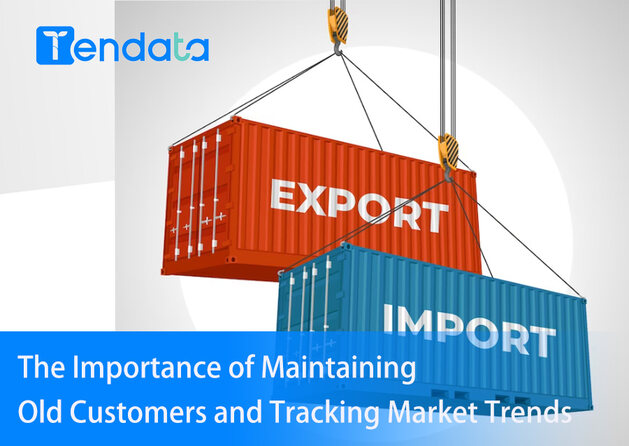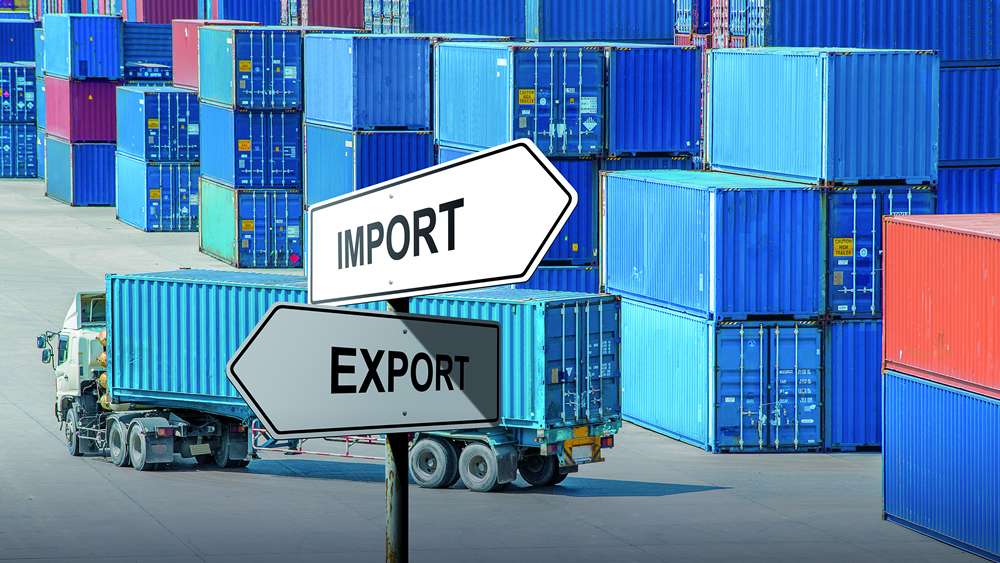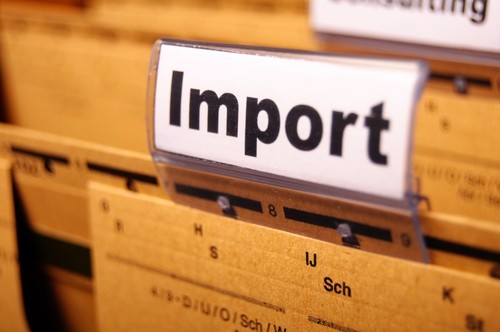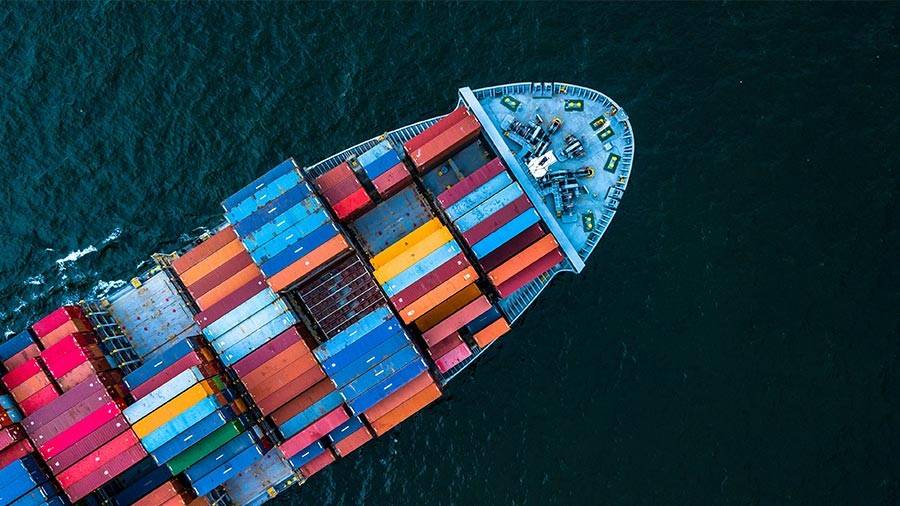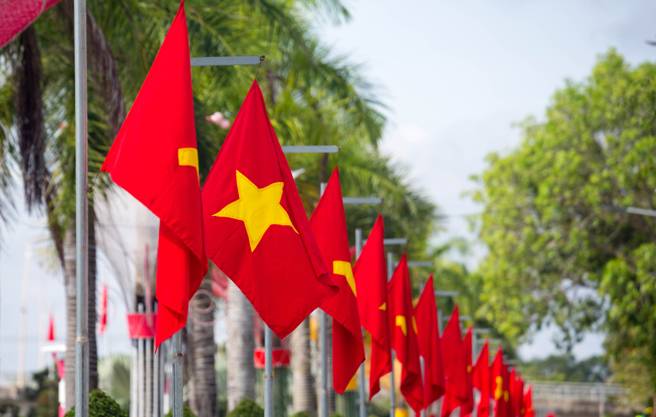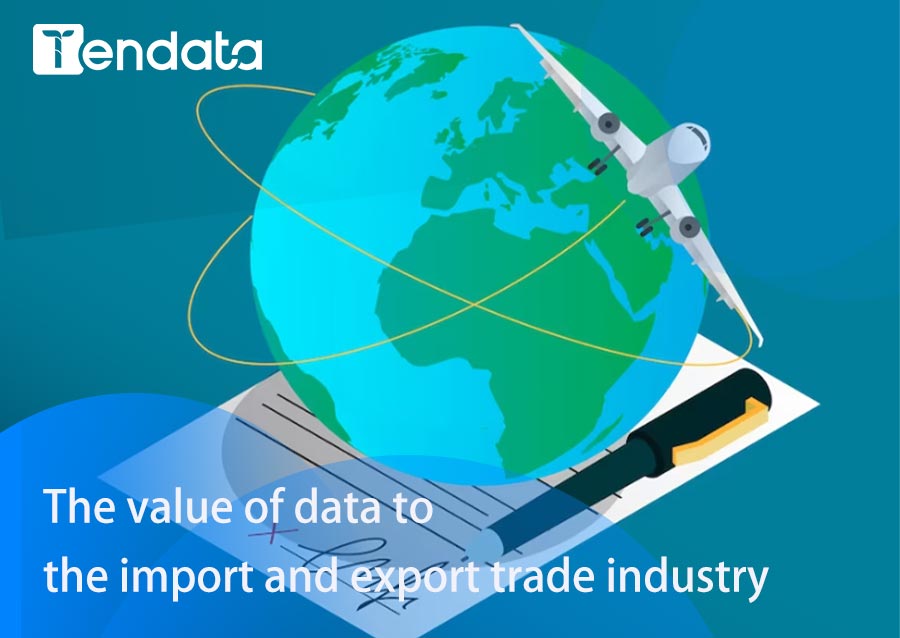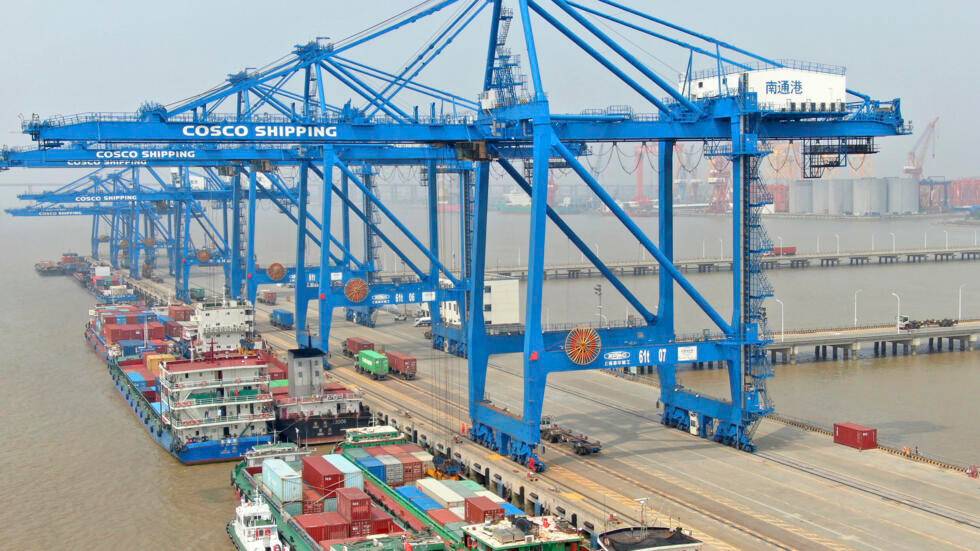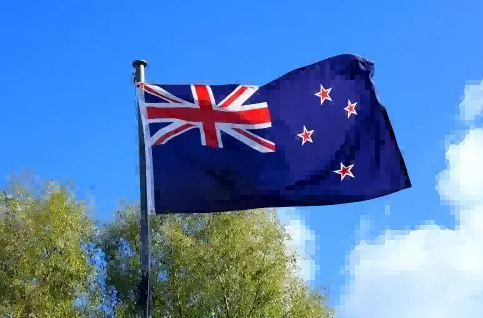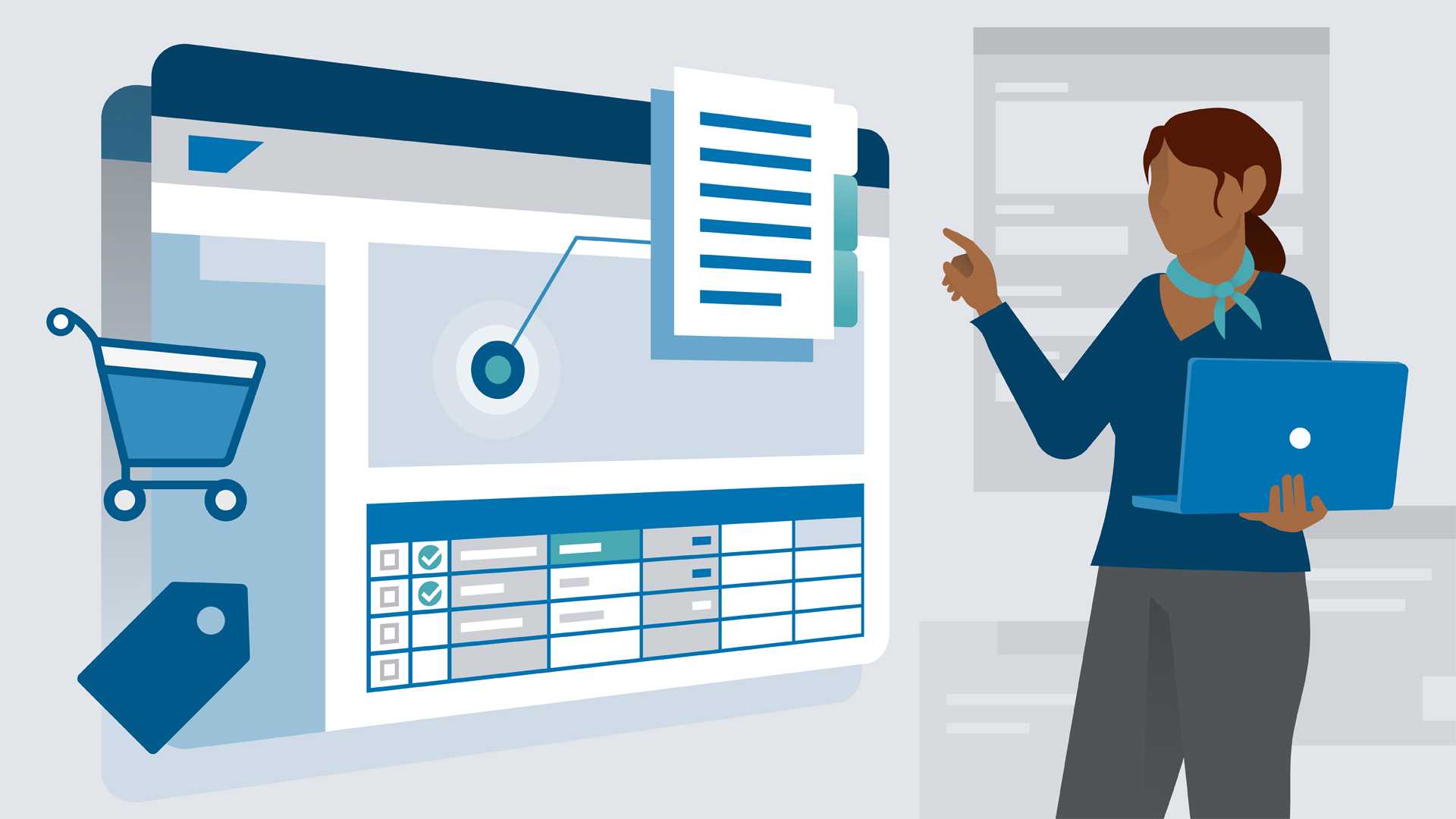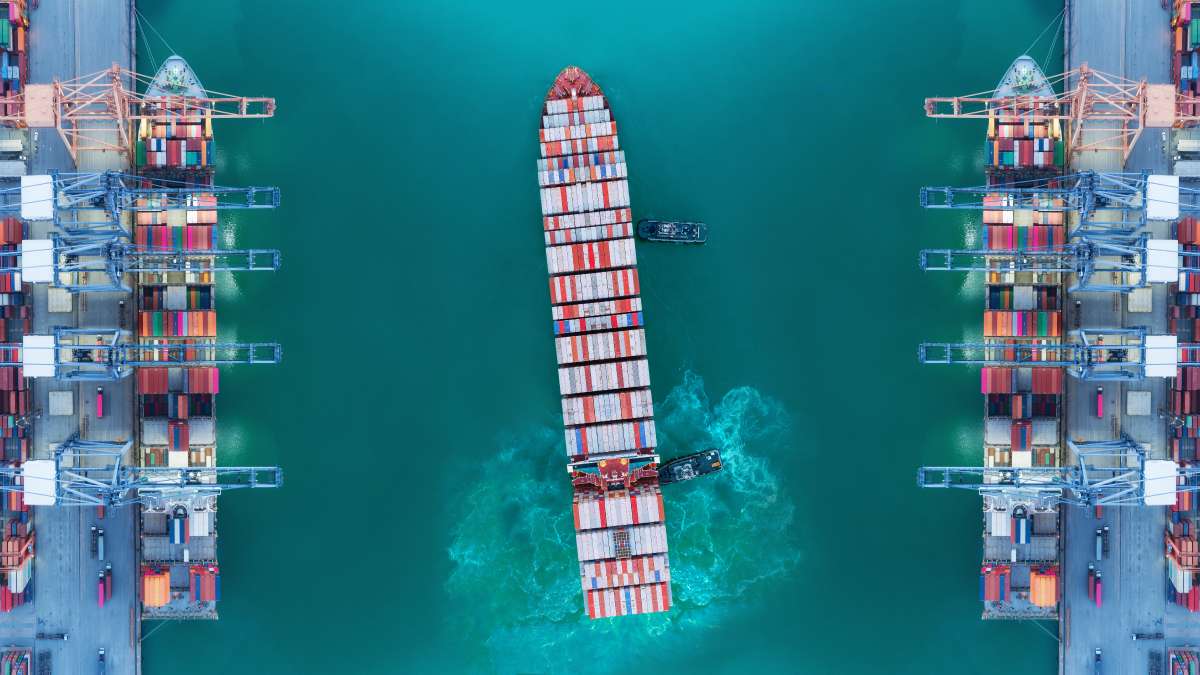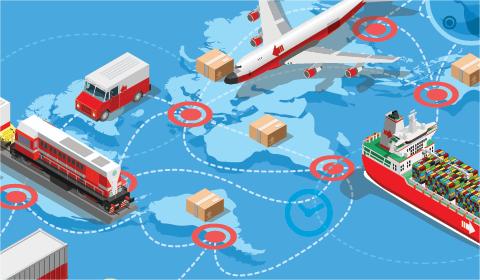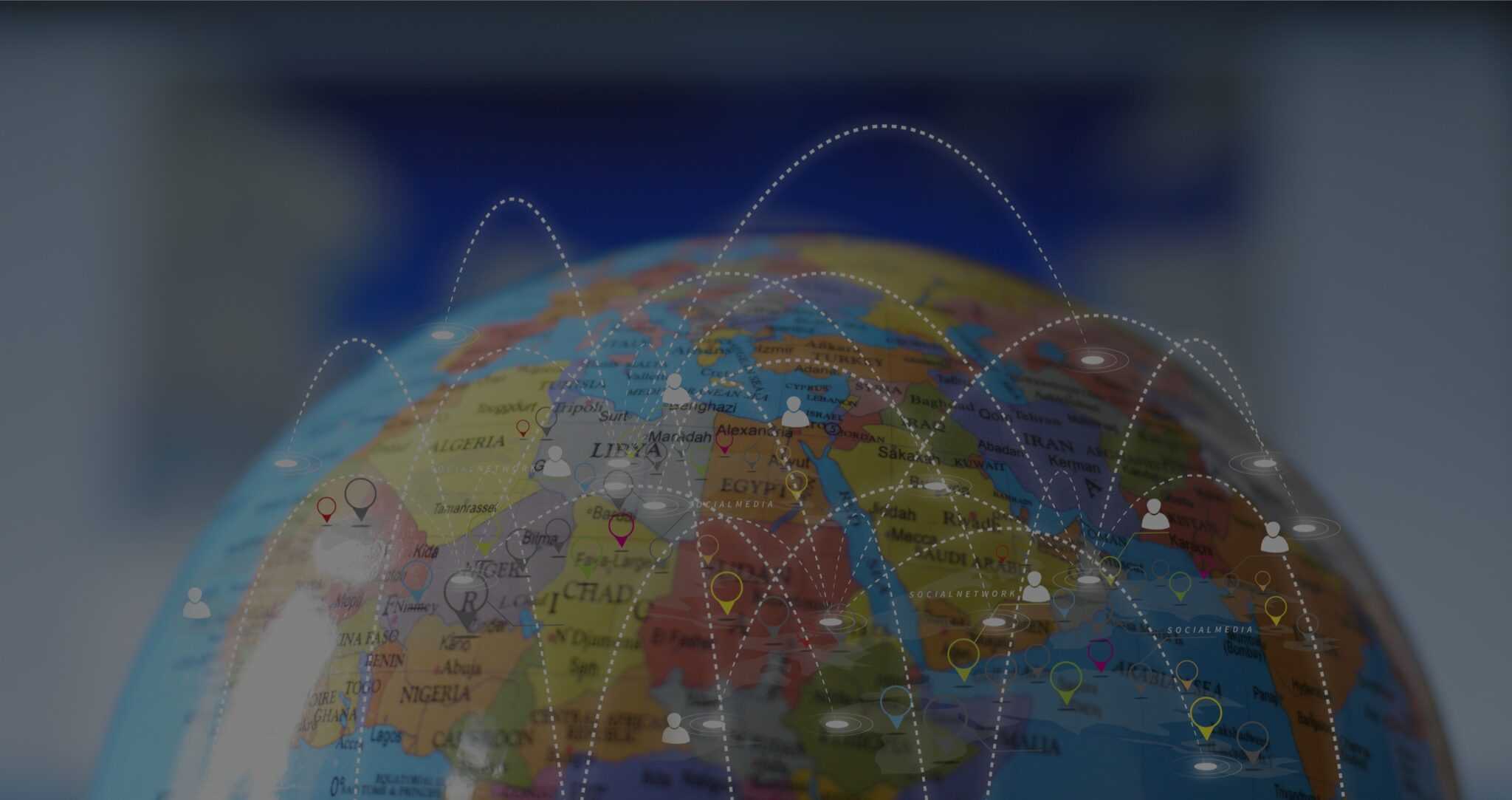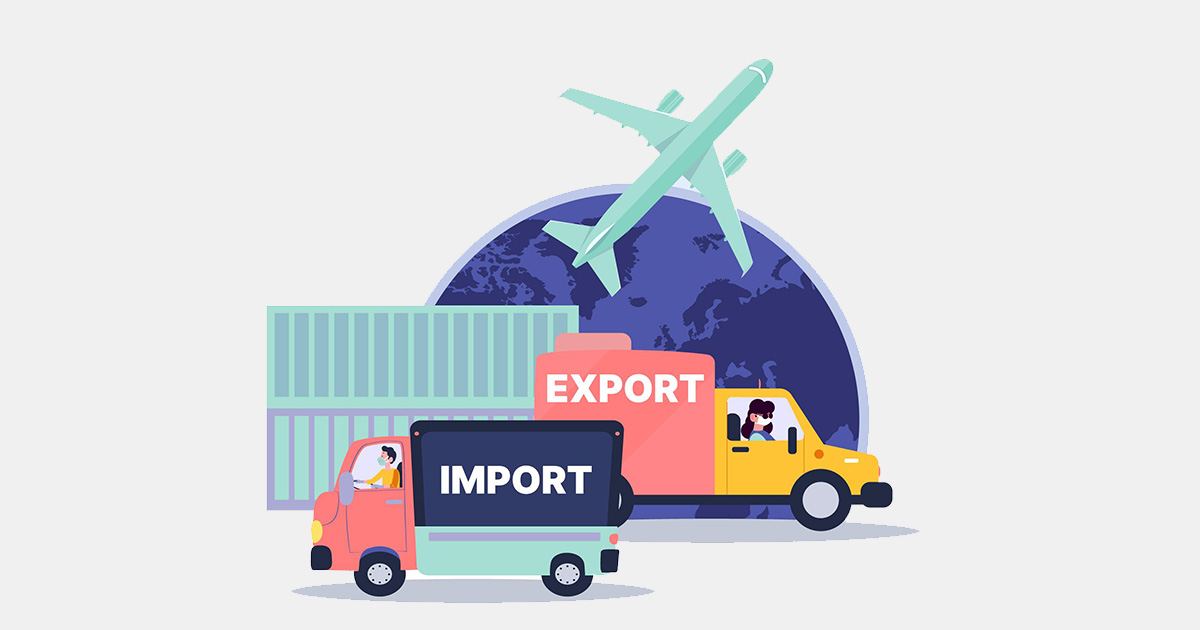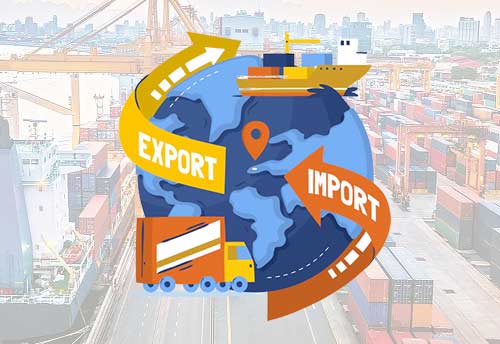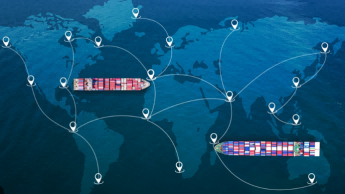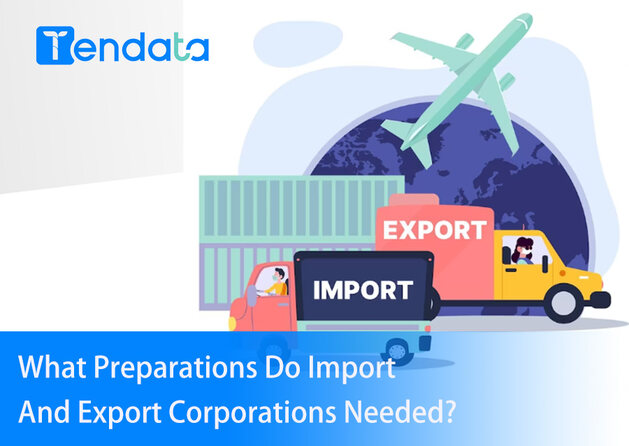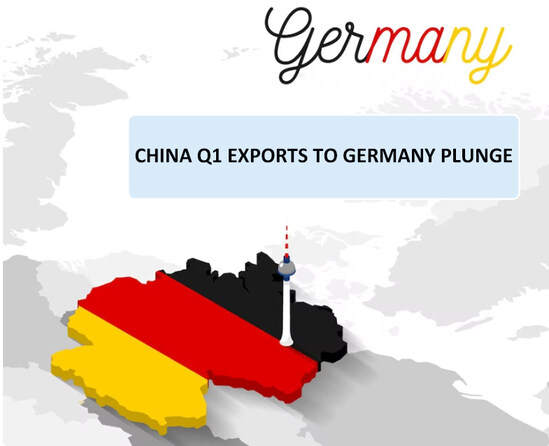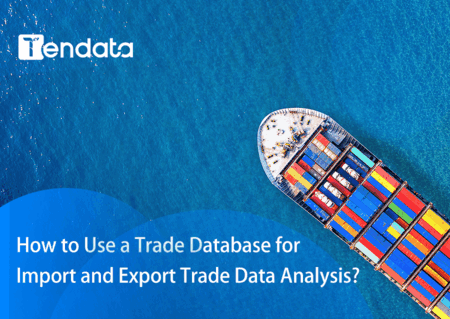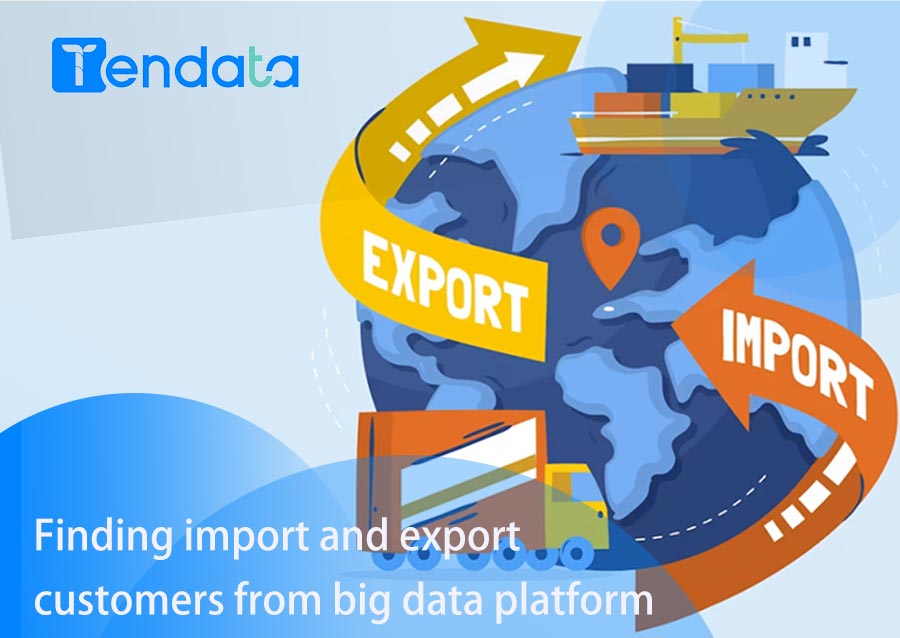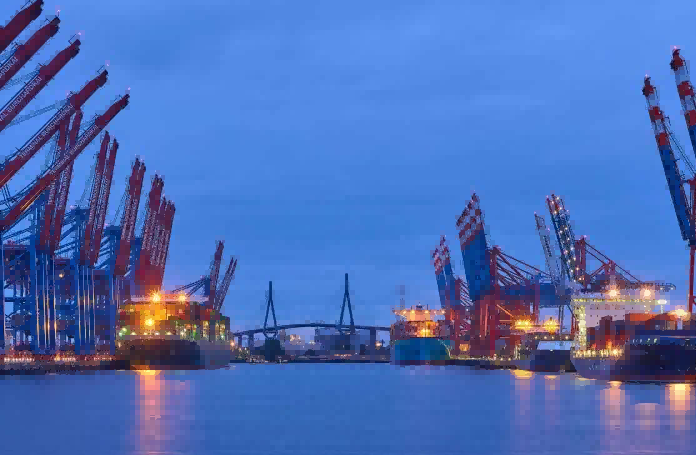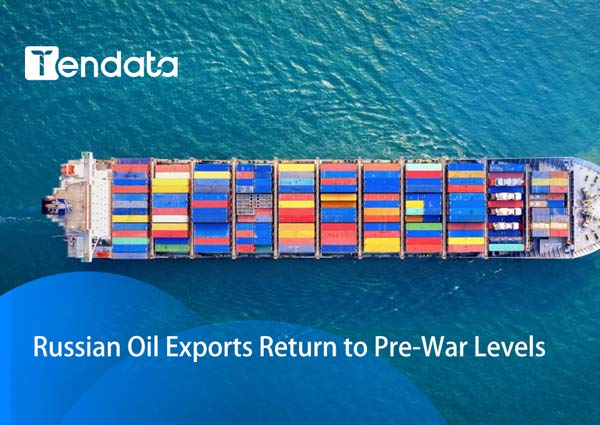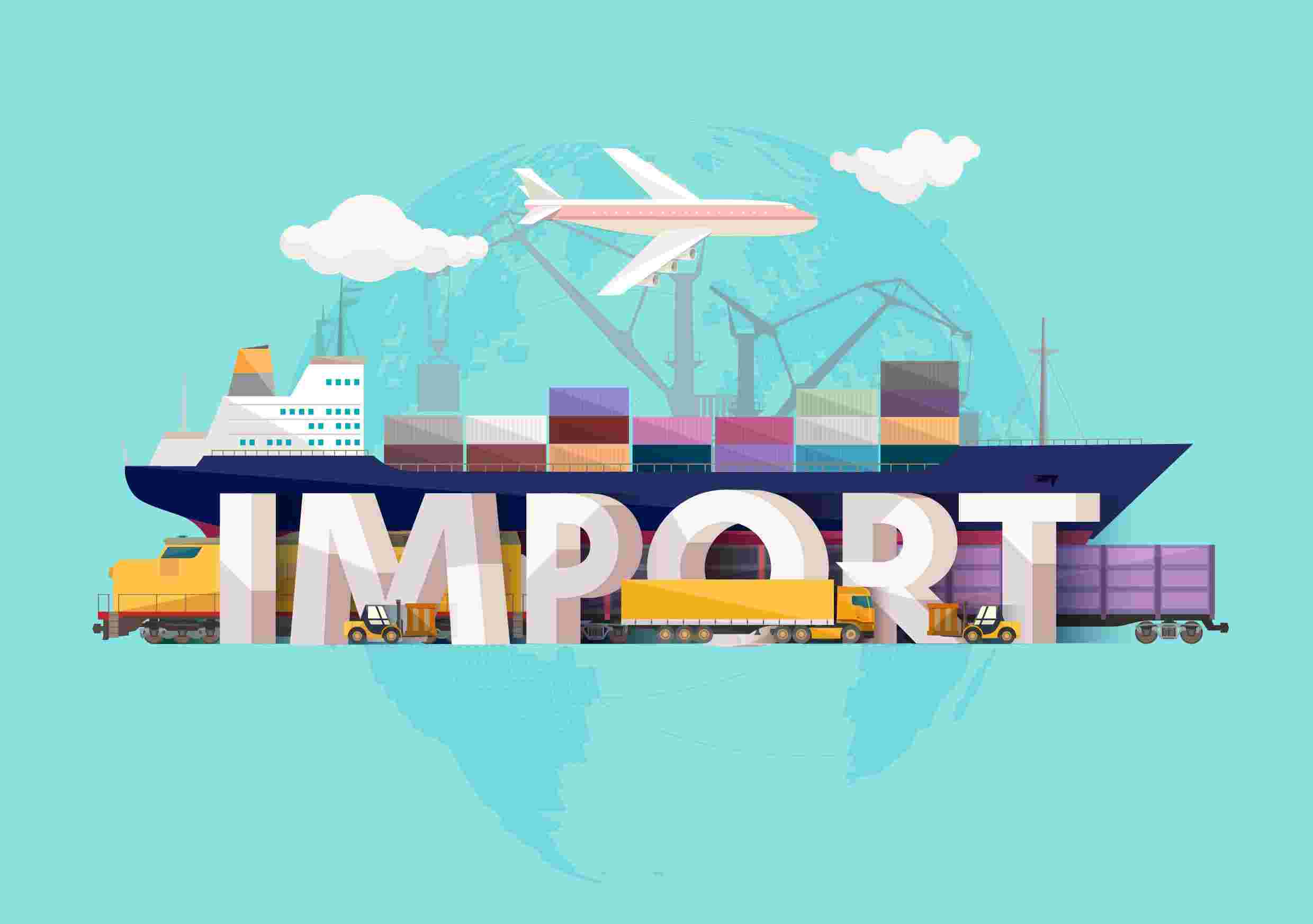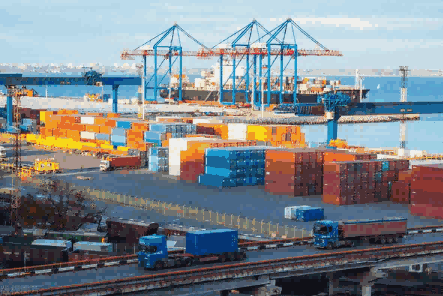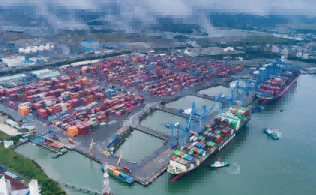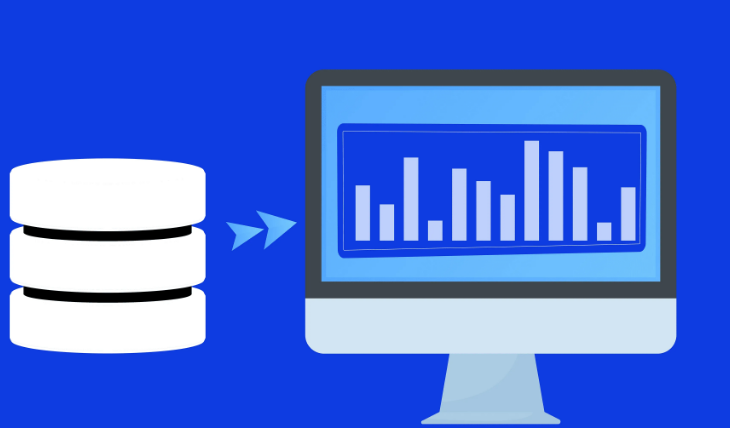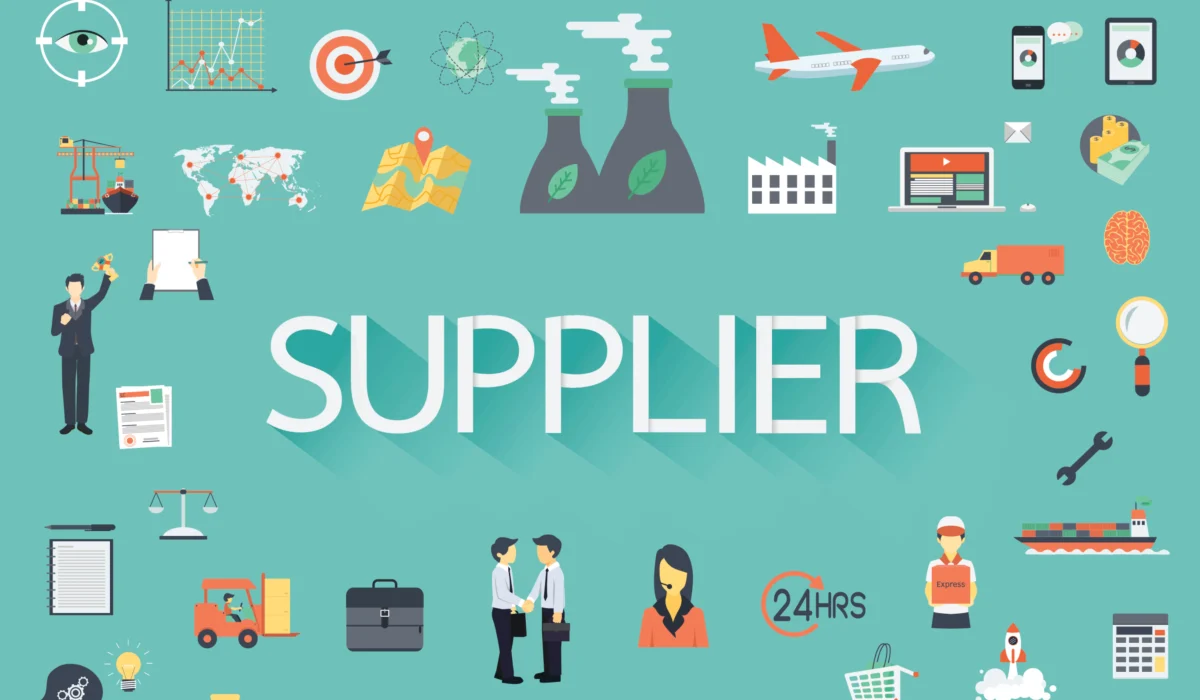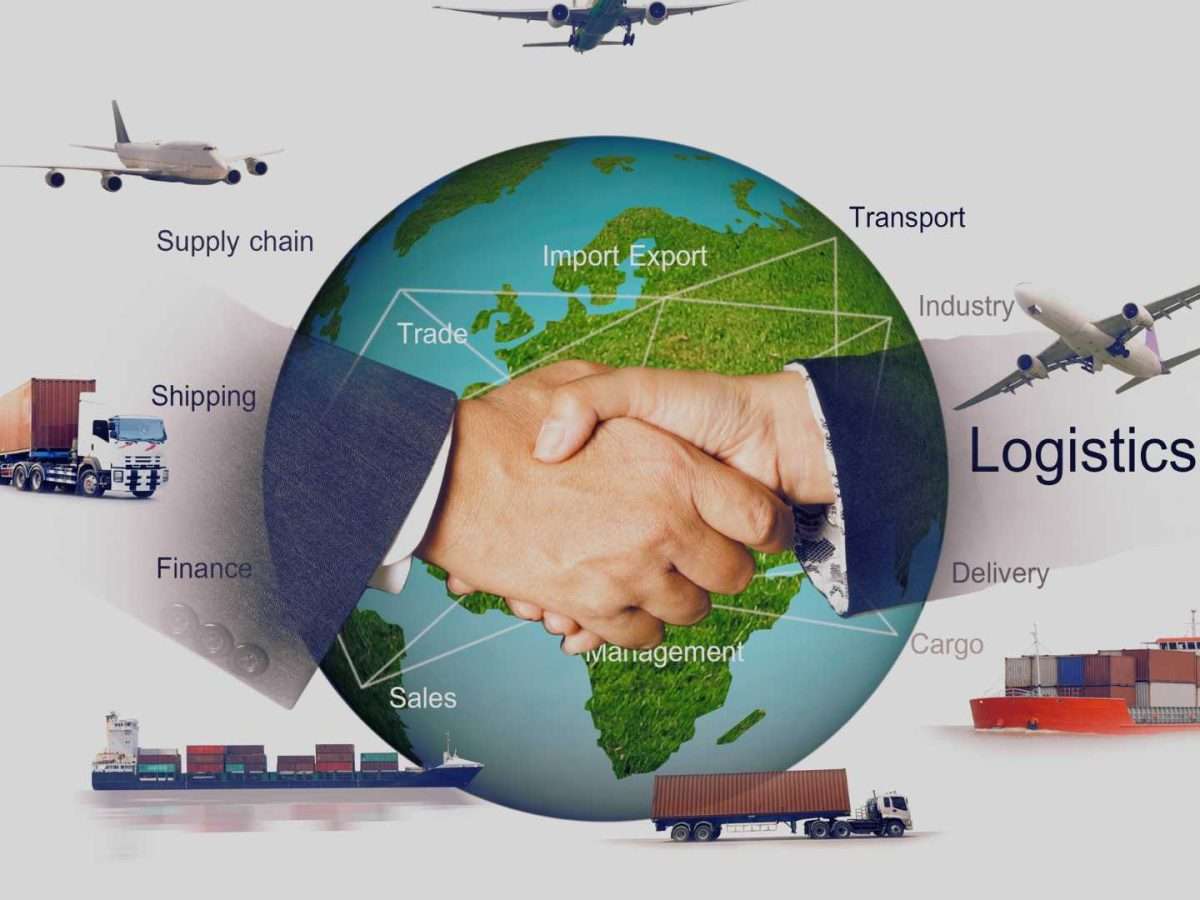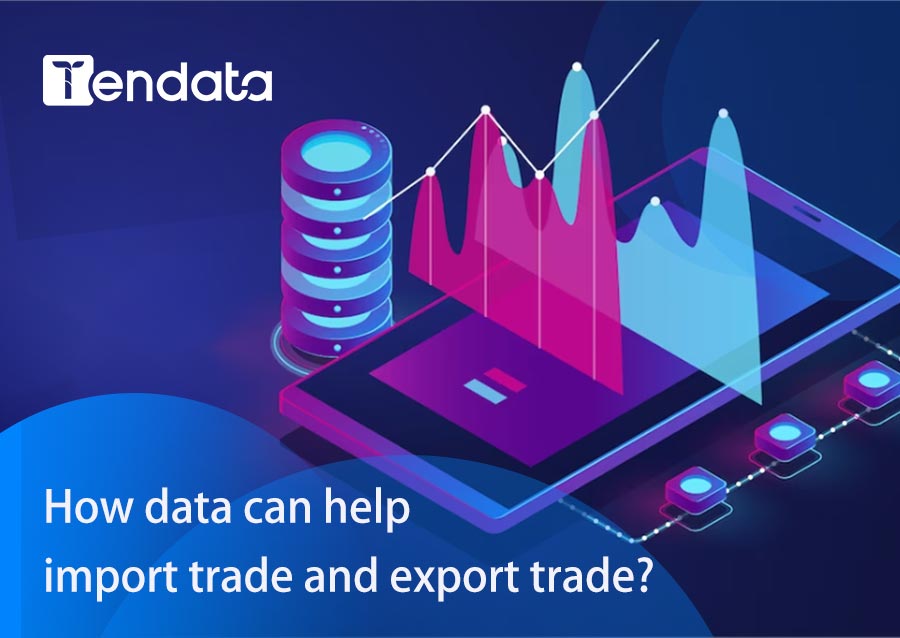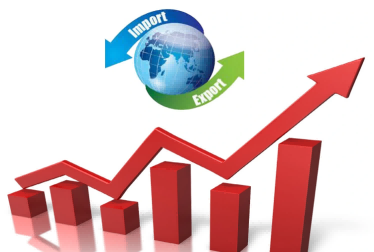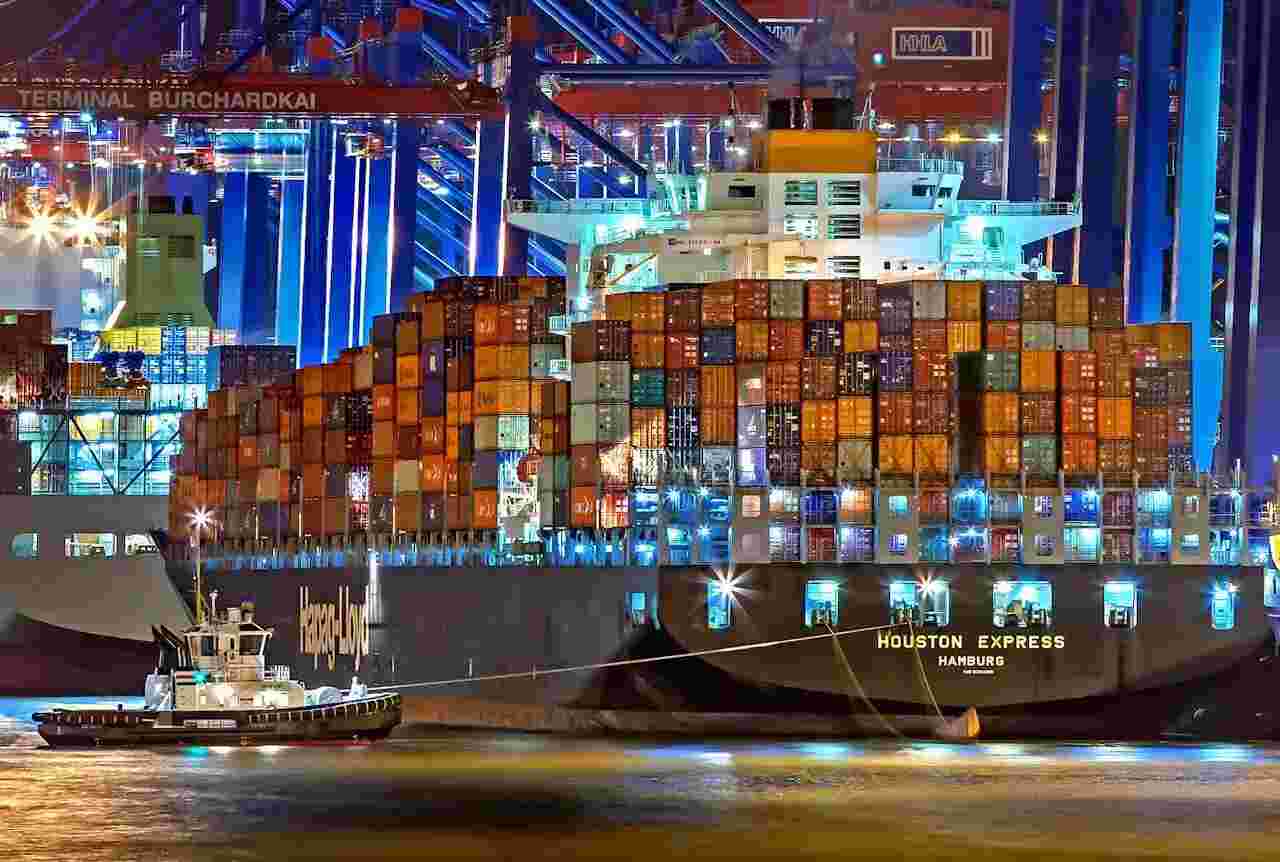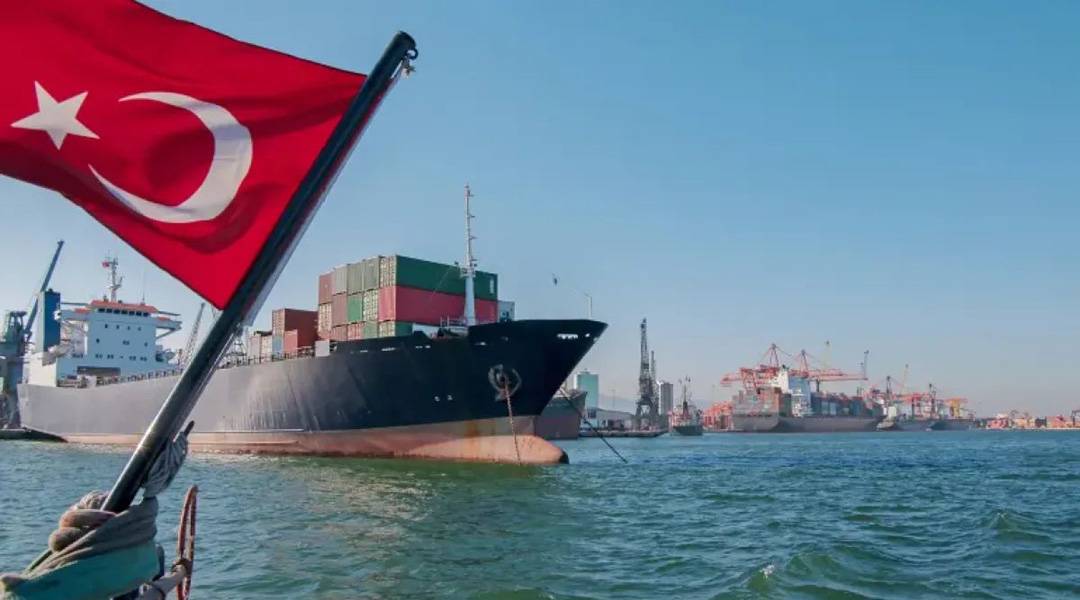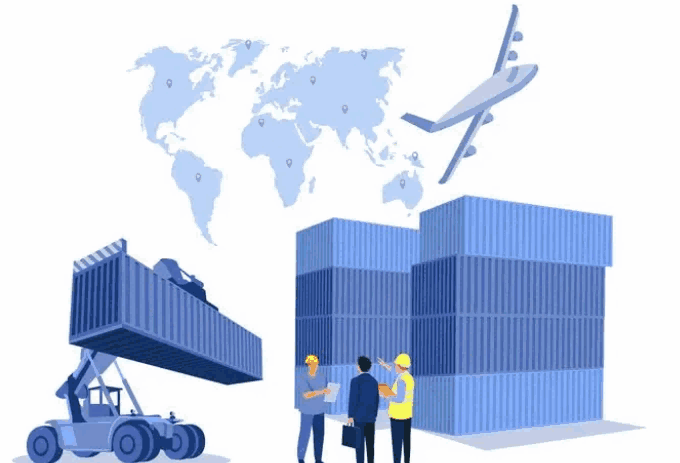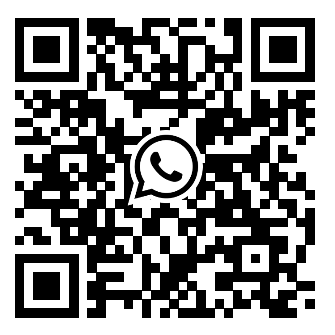 Trade Logistics
Trade Logistics
 2025-05-22
2025-05-22
In recent years, many industries have become increasingly competitive, and the freight forwarding industry is no exception. With competition in pricing, timeliness, and service quality, freight forwarders must go beyond the competition to identify and secure precise, high-value clients. So, how can freight forwarding companies find upstream and downstream clients? Here's a detailed guide:
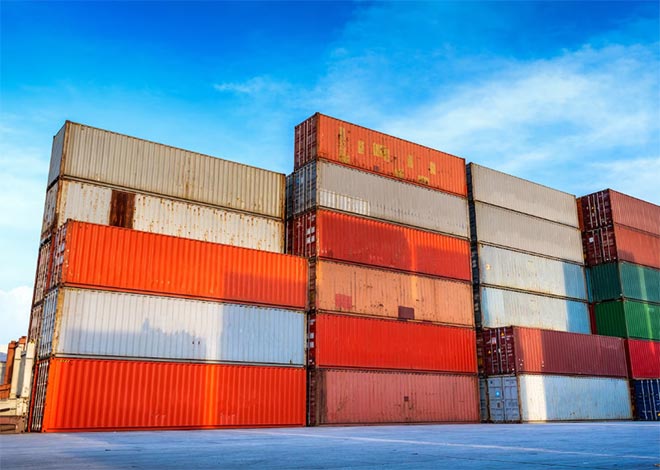
I. Developing Upstream Partners (Suppliers)
Upstream partners include shipping lines, airlines, railway companies, trucking firms, warehousing providers, customs brokers, insurance agents, etc. Building solid partnerships with them ensures service reliability and cost advantages.
1. Directly Engage with Transportation Providers
·Shipping Lines / Airlines: Contact the sales departments via official websites or meet them at trade shows (e.g., China International Logistics Week, Transport Logistic Expo) to negotiate space agreements.
·Rail / Trucking Companies: Focus on popular routes like China-Europe freight trains and cross-border land transport. Reach out to China Railway Express, local railway bureaus, or regional trucking fleets.
·Recommended Tools: Use Alphaliner (for shipping line rankings) and IATA (for airline databases) to search for reliable resources.
2. Partner with Industry Associations and Chambers
Join organizations like China International Freight Forwarders Association (CIFA) and the World Cargo Alliance (WCA) to access supplier networks.
Attend industry forums and build relationships with port authorities, terminal operators, and bonded zone administrators.
3. Use Subcontractor Networks
During times of tight capacity, collaborate with peer forwarders to subcontract services—especially when specializing in different trade lanes.
Platforms like Freightos and Inttra can help find international forwarding partners.
4. Use Trade Data to Find Suppliers
Use platforms like Tendata to filter suppliers of a particular product. Analyze trade volumes, trading partners, etc.
Based on the insights, freight forwarders can tailor marketing strategies and proactively reach out via calls, emails, or in-person visits to offer customized logistics solutions.
>> Get A Free Demo with Tendata <<
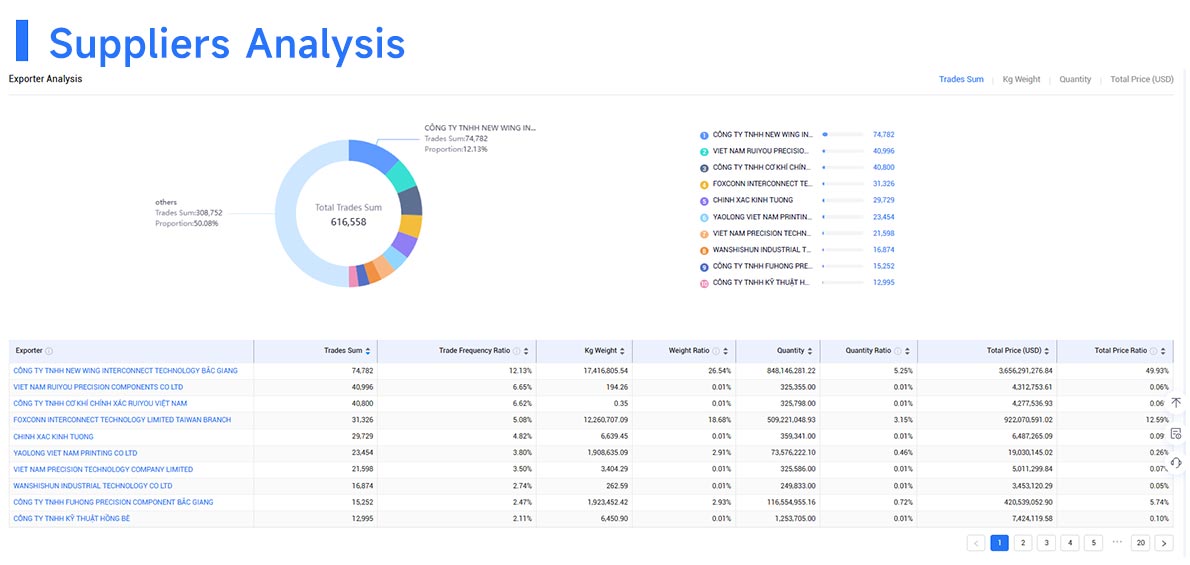
II. Strategies for Finding Downstream Clients (Direct Customers)
Downstream clients include importers/exporters, manufacturers, cross-border e-commerce sellers, and overseas brands. Strategies should be tailored based on industry characteristics and customer needs.
1. Precisely Identify Target Customers
·Industry Focus: Target high-volume industries like electronics, auto parts, apparel, and chemicals. Use trade data (e.g., Tendata) to analyze import/export trends.
·Client Segmentation:
(1) Large Enterprises: Multinational corporations and listed companies require long-term follow-up and customized logistics solutions.
(2) SMEs: Cross-border e-commerce sellers and small-to-medium traders value transparent pricing and responsive service.
2. Proactive Online Outreach
·B2B Platforms: Alibaba (International), Global Sources, Made-in-China.
Tips: Optimize your company profile, regularly update freight rates and share industry insights.
·LinkedIn Prospecting:
Search job titles like “Procurement Manager” or “Supply Chain Director” and send targeted proposals.
Join industry groups (e.g., “Global Shipping Professionals”) and share valuable content to attract leads.
·Google Ads / SEO:
Run keyword ads (e.g., “China to USA freight forwarder”).
Create blog content to address customer pain points (e.g., “How to Reduce Cross-Border Shipping Costs”).
3. Deep Dive into Offline Channels
·Industry Trade Shows: CeMAT in Germany, MODEX in the U.S.
Tip: Research the exhibitor list in advance and schedule meetings with key prospects.
·Chambers & Associations:
Join local foreign trade associations and cross-border e-commerce alliances to access member directories.
Sponsor events or host logistics-themed seminars to build a professional reputation.
4. Use Trade Data to Directly Target Downstream Clients
Use trade data to identify companies with high import/export volumes for specific products in key markets. These companies usually have steady freight needs and are prime prospects.
>> Schedule A Free Demo from Tendata <<

Evaluate Potential: Screen clients by frequency and volume of transactions.
Analyze Customer Needs: By reviewing trade history, understand their shipping patterns, preferred transportation modes (sea, air), and main trade regions. This enables you to offer more accurate and tailored logistics solutions.
Category
Leave Message for Demo Request or Questions


 T-info
T-info T-discovery
T-discovery

 My
Tendata
My
Tendata Market Analysis
Market Analysis Customer
Development
Customer
Development Competitor
Monitoring
Competitor
Monitoring Customer Relationship
Customer Relationship






